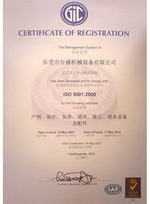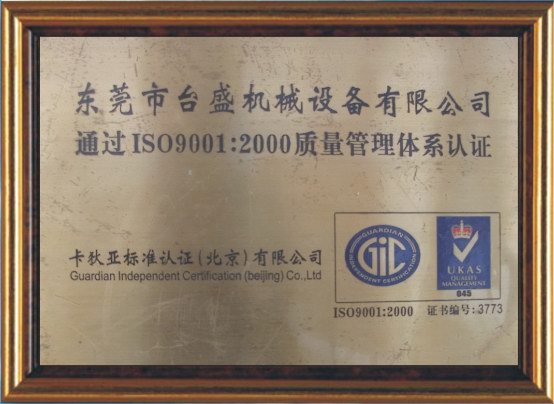Schematic of VOC Waste Gas Treatment
Position: TaiSheng > Schematic of VOC Waste Gas TreatmentAdsorption principle:
Deposit with the solid surface is not balanced and unsaturated chemical bonds of molecular attraction or force, so when the solid surface in contact with the gas, the gas molecules will be able to attract, and keep their concentration in the solid surface, a phenomenon known as adsorption. Activated carbon is the application of the first, most widely used adsorbent is an excellent,rich cavity, adsorption surface area (700-1200m2 / g range). It is a hydrophobic adsorbent and the pro-organic structure, it is frequently recovered from the exhaust of the adsorption of organic solvents and odor substances. Governance of the gas by adsorption to solid surface contaminants is the use of this nature, so that exhaust gas with large surface contact with porous solid materials, exhaust pollutants are adsorbed on the solid surface, so the gas mixture separation, to purification purposes.Adsorption purification efficiency is high, especially for Iow solubility VOC gas purification ability of a strong, simple to purify the exhaust gas to run, as long as there is sufficient amount of adsorbent, we can achieve any required degree of purification, it is in addition to VOC gases to the commonly used methods.
Source→exhaust pipe collection system→ filtration system cooling facilities (optional) →Fan →absorber discharge standards
VOC emissions under the negative pressure in the fan, after a suction hood, the collection branch, together with the head in the exhaust, unified through the competent delivery to the filter system, filtered through the filtration system, the soy dust particles collected after the remaining fans VOC gases are transported to the adsorption treatment system, exhaust gas through a large area of contact with activated carbon adsorption layer, the hazardous materials left in the adsorption layer, through the force of the adsorption tower fan positive pressure purge gas through the stack emissions.










